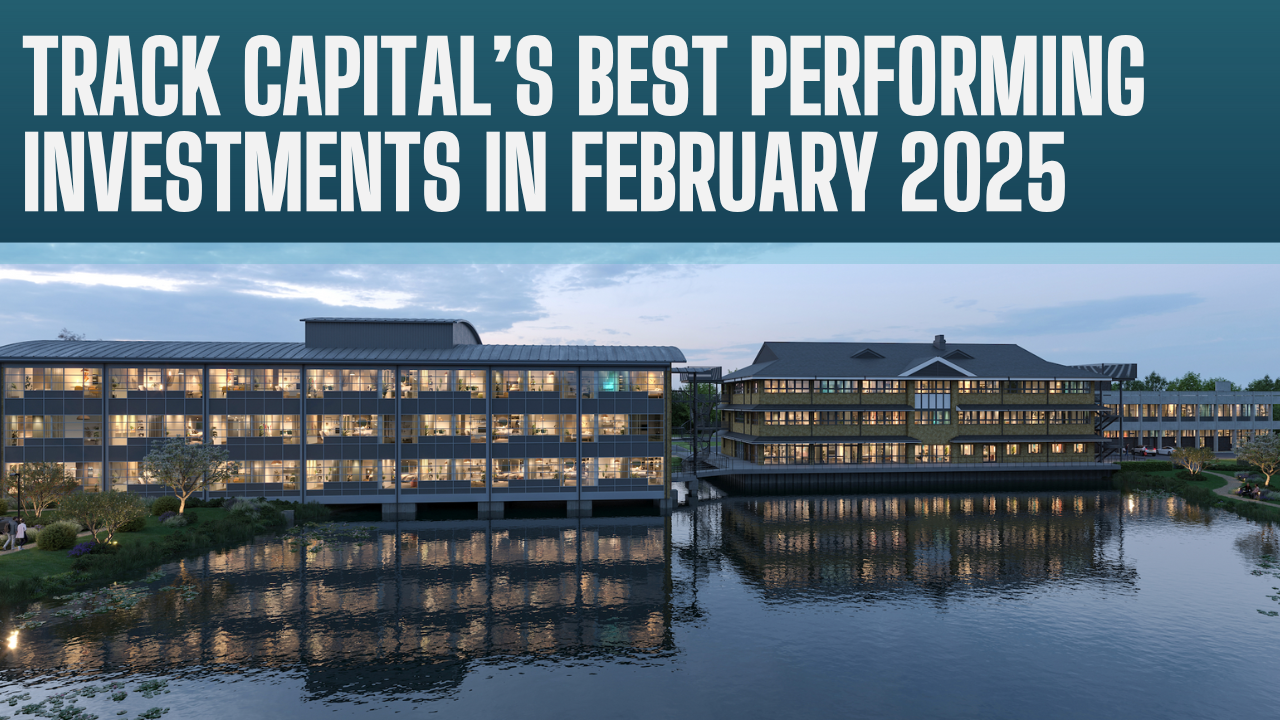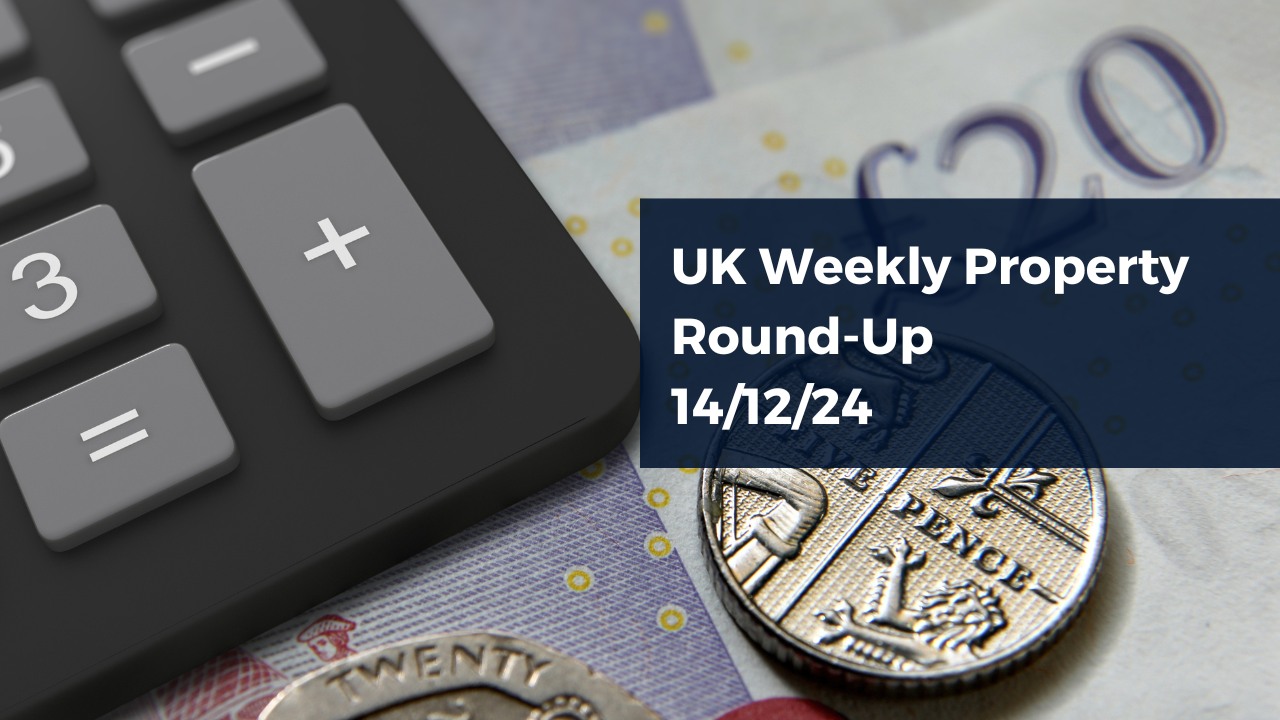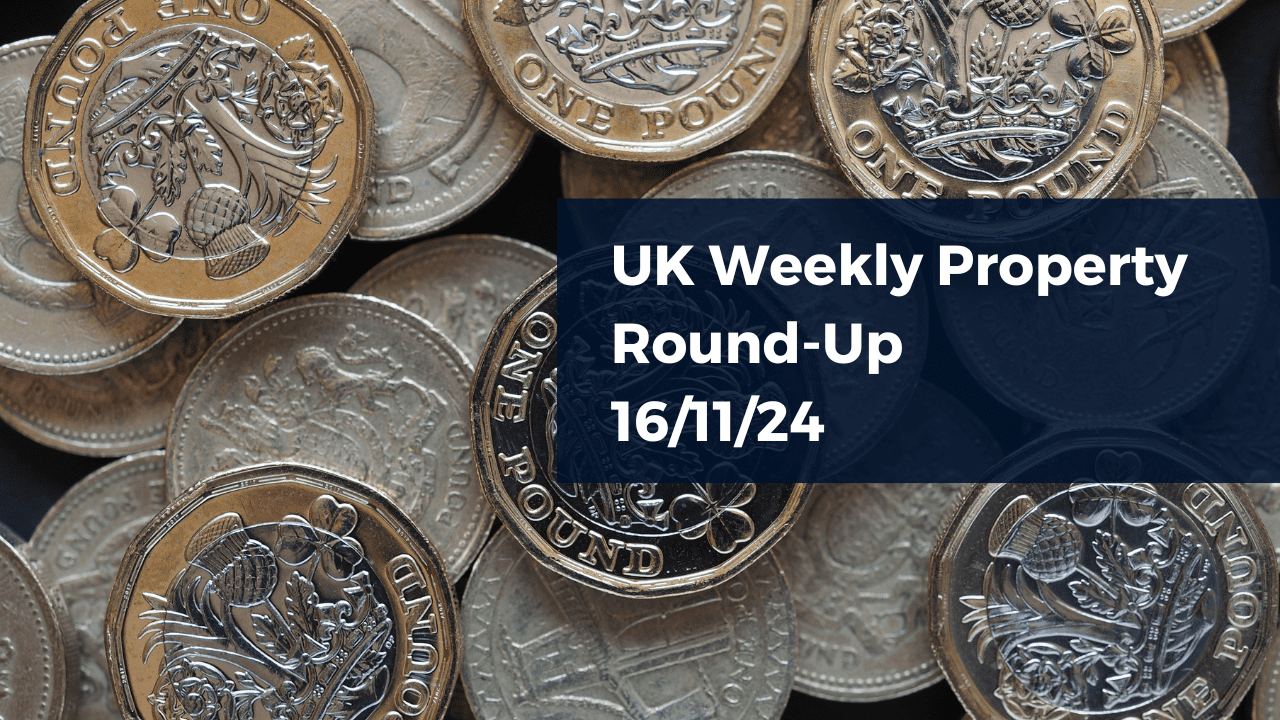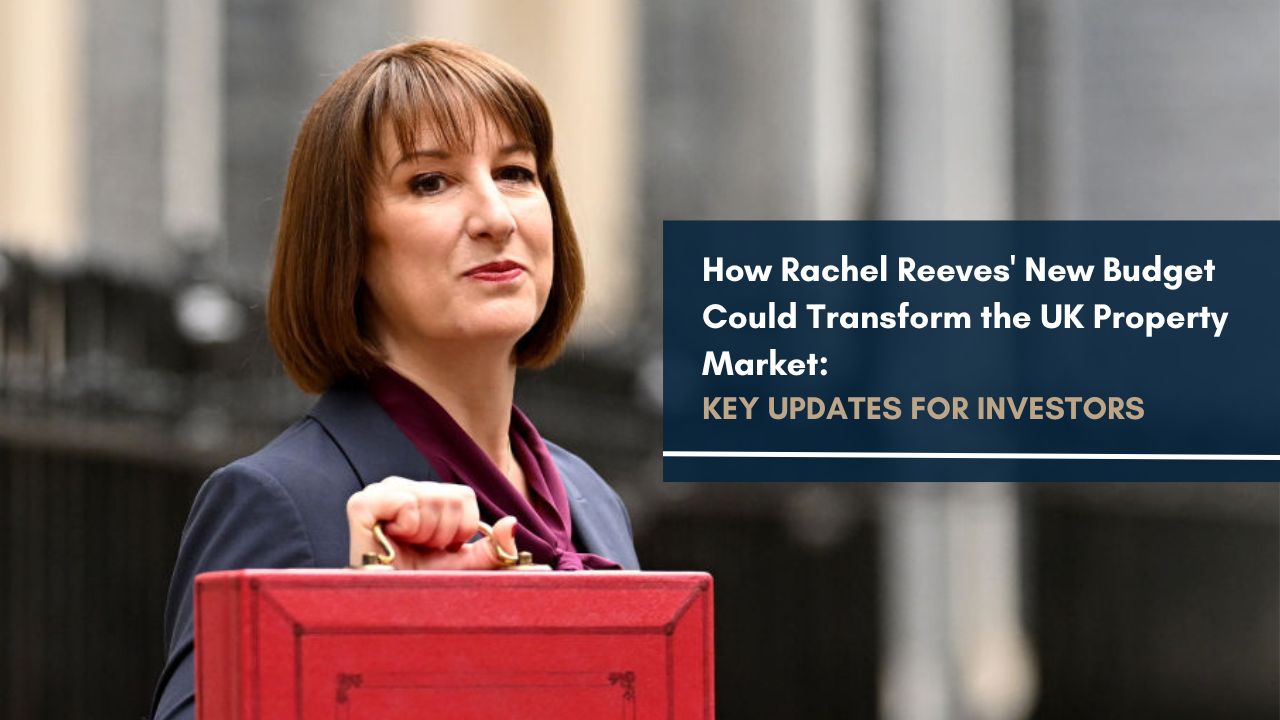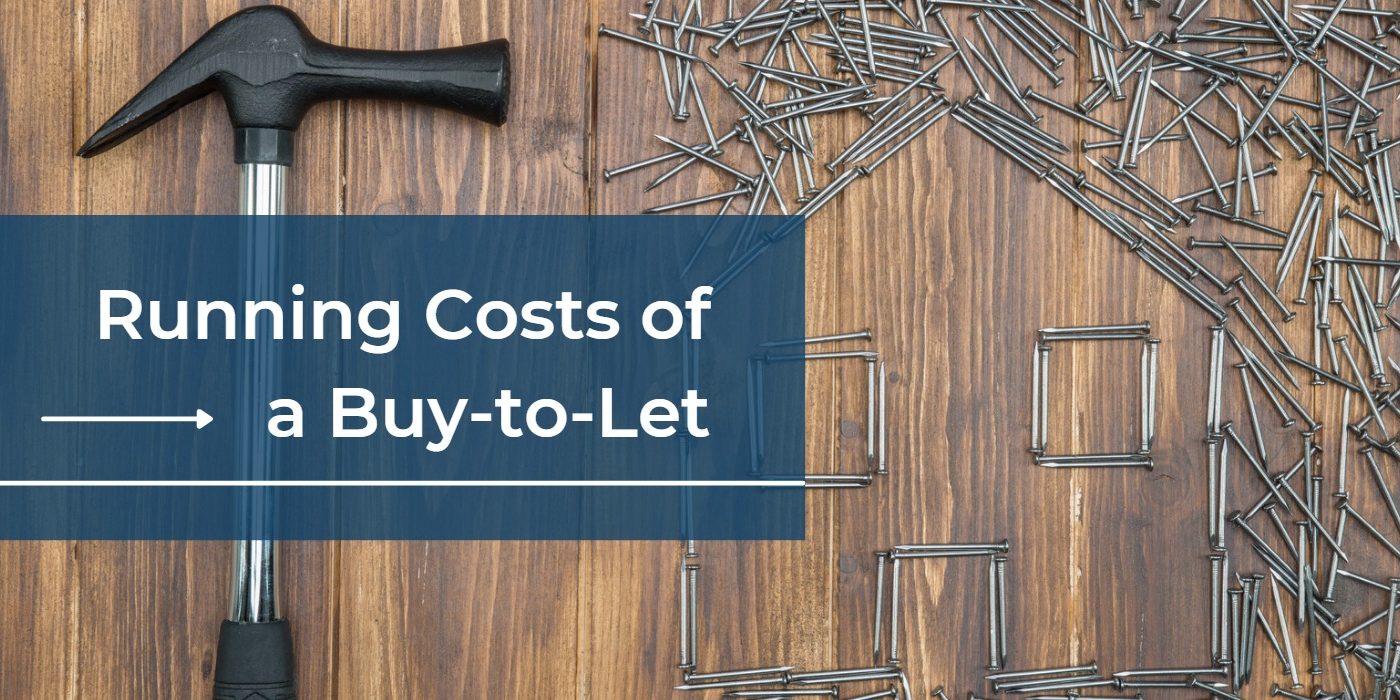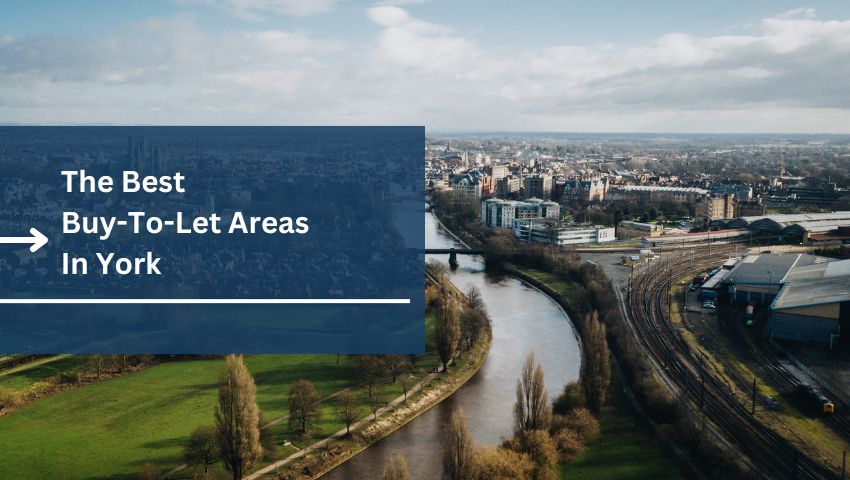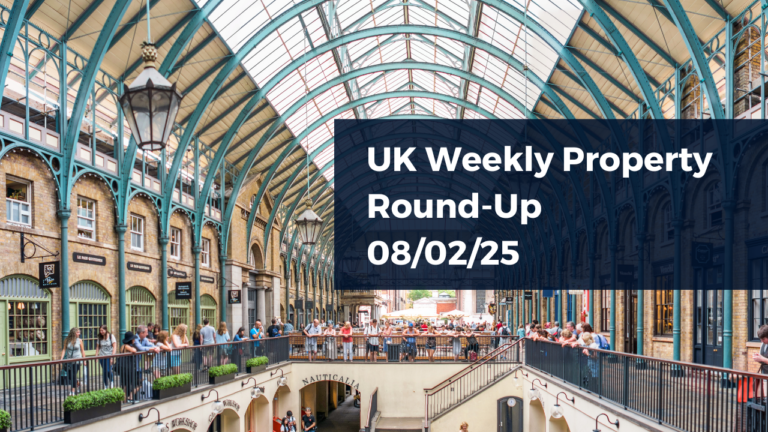Calculating the return on investment (ROI) of a buy-to-let property is fairly simple, but knowing which financial details to include and building them into a formula can be tricky.
In this guide, we’ll cover everything you need to know and explain the steps to calculate ROI for your buy-to-let investment. Plus, we’ve put our brains together to build a simple, free calculator you can use – making the process as easy as 1, 2, 3.
Let’s get started.
Take me straight to the calculator
Understanding ROI for a buy-to-let
What is ROI?
ROI, in the context of buy-to-let property investment, is a metric for measuring the profitability of a property over time. To get an accurate result, a true ROI calculation will account for all costs and income associated with a property.
Calculating ROI provides a clear picture of the financial performance of a property, which is really useful if:
You want to benchmark against other properties in your portfolio.
You want to compare against non-property investment assets, like stocks and businesses.
You want to make data-informed decisions about whether to purchase, hold, or sell a property.
Here’s a simple formula for clarity, although we’ll dive into this in more detail later:
ROI (%) = (Annual Net Profit / Total Initial Costs) × 100
What’s the difference between ROI and rental yield?
You may be forgiven for wondering if there’s a difference between ROI and rental yield. After all, both are percentage-based metrics for measuring the financial performance of a property.
There is an important difference though.
Rental yield is a measure of the income generated by a property relative to its value. It’s a straightforward formula (you can learn how to calculate rental yield here), and it’s useful for assessing the immediate income potential of a property. There are two types – gross and net rental yield.
ROI, on the other hand, takes a broader view of the profitability of a property investment. It considers not just the rental income, but also other factors such as capital appreciation (increase in property value), costs associated with purchasing and maintaining the property, and any financing costs.
As a result, ROI can be more complex to calculate, requiring detailed accounting of all costs and income streams associated with the property.
In short, both will give you an idea of profitability, but ROI is more accurate and useful in the long term.
Components of Buy-To-Let ROI
Before you start, you’re going to need some key information.
Initial Property Costs
Your initial costs consist of the purchase price of the property and related expenses. These can include:
Purchase price
Legal fees
Survey costs
Repair and renovation expenses
Ongoing Expenses
You’ll also have regular annual costs, such as:
Mortgage payments (only if you’ve taken a buy to let mortgage)
Property maintenance
Letting agent and management fees
Insurance
Income from Investment
Your investment income is the monthly rent you charge tenants.
If you operate a short-term letting model, you may have variable levels of income compared to a long-term let. This needs to exceed your ongoing expenses to ensure a positive cash flow, although the bulk of your ROI will likely be made up from capital appreciation. Speaking of which…
Capital Appreciation
House prices tend to increase in value over time, which we call capital appreciation. This isn’t always the case, but the property market is resilient – even if there’s a crash, the market recovers stronger over time.
As such, capital appreciation is a vital component of ROI, as it can significantly enhance your investment’s profitability upon sale.
But just keep in mind that local, national and global market conditions can impact property value, and therefore your ROI.
How To Calculate ROI For A Buy-To-Let Property
Step 1: Gather Financial Information
Start by collecting all relevant financial information listed in the section above. This includes the purchase price of the property, any stamp duty paid, solicitor fees, and the costs of any renovations or improvements you’ve made.
Step 2: Calculate Total Investment Cost
Your total investment cost is the sum of the initial costs plus your ongoing expenses. Let’s go through an example of a property costing £200,000.
Initial expenses:
Mortgage deposit: £50,000
Stamp duty, legal, and survey fees: £8,000
Renovations: £25,000
Ongoing expenses:
Annual maintenance and repairs: £1,500
Annual letting and management fees: £1,500
Annual insurance cost: £800
Annual mortgage payments: £10,800 (assuming a 25% deposit and 25-year term at 5.25% interest)
You should then multiply the ongoing expenses by the number of years you’ve owned the property.
Add this together with your initial costs to get your total investment cost:
Total Investment Cost = (Annual Ongoing Expenses * Years Owned) + Initial Expenses
In our example, assuming we’ve owned the property for 5 years, our total is:
Ongoing expenses: £14,600 * 5 = £73,000
Initial expenses: £50,000 + £25,000 + £8,000 = £83,000
Total investment costs: £73,000 + £83,000 = £156,000
There are some nuances to this:
If you’re a cash buyer, you include the full property value instead of the mortgage deposit. Obviously, this also means you don’t have any mortgage payments to include.
If you don’t own the property yet, but you’re trying to estimate ROI ahead of purchase, then you can use rough figures.
Step 3: Calculate Total Investment Gain
It’s time to add up the rental income and the capital appreciation to determine the total gains from your investment. Let’s use our example property again.
First, multiply your annual rental income by the number of years you’ve owned the property. If you’ve raised or lowered rent during that time, you’ll need to adjust slightly for an accurate figure.
Next, figure out your capital appreciation. This is the difference between the current value of the property vs the purchase price. To get the current value, you can ask an estate agent or you can use prices from recent sales of similar homes on your street.
Let’s go back to our example property from the previous step.
Income:
Annual rental income: £18,000
Years owned: 5
Total income: £90,000
Capital appreciation:
Initial purchase price: £200,000
Value after 5 years, assuming an 8% annual appreciation rate: £294,000
Capital appreciation: £294,000 – £200,000 = £94,000
After that, add the two together to get your total investment gains.
Total Investment Gain = (Annual Income * Years Owned) + Capital Appreciation
In our example, this is:
£90,000 + £94,000 = £184,000
Step 4: Use the ROI Formula
With all your data ready, it’s time to calculate the ROI. The formula you’ll use is:
ROI % = ((Total Gains − Total Costs) / Total Costs) * 100
Let’s try this with our example property. Remember, our total costs were £156,000 and our total gains were £184,000.
Example ROI calculation:
184,000 − 156,000 = 28,000
28,000 / 156,000 = 0.179
0.179 * 100 = 17.9%
Our example property has achieved a positive 17.9% return on investment, with a healthy £28,000 in profit after five years (hurray!).
Free ROI Calculator for Buy-To-Let Properties
If you don’t fancy working this out manually, here’s a quick and easy calculator you can use. Just input all of the relevant information into each field and the calculator will do the rest!
Costs
Gains
Conclusion
Investing in a buy-to-let property can be a rewarding venture for landlords, offering the potential for significant returns through rental income and capital appreciation.
However, accurately calculating ROI is crucial to ensure you’re making informed decisions and maximising your investment potential.
With the detailed steps outlined in this guide and the free ROI calculator provided, you now have the tools to evaluate your buy-to-let investments with confidence. Whether you’re comparing properties, assessing the viability of a new purchase, or monitoring the performance of your existing portfolio, a data-backed approach will help you achieve your financial goals.
If you need any help finding an investment property, our team can help. We work with experienced and new investors alike, connecting them with properties tailored specifically for individual budgets and goals.
Get in touch today, or take a look at our portfolios in the UK and Dubai.






